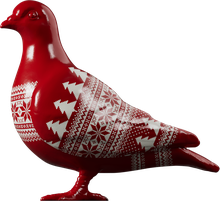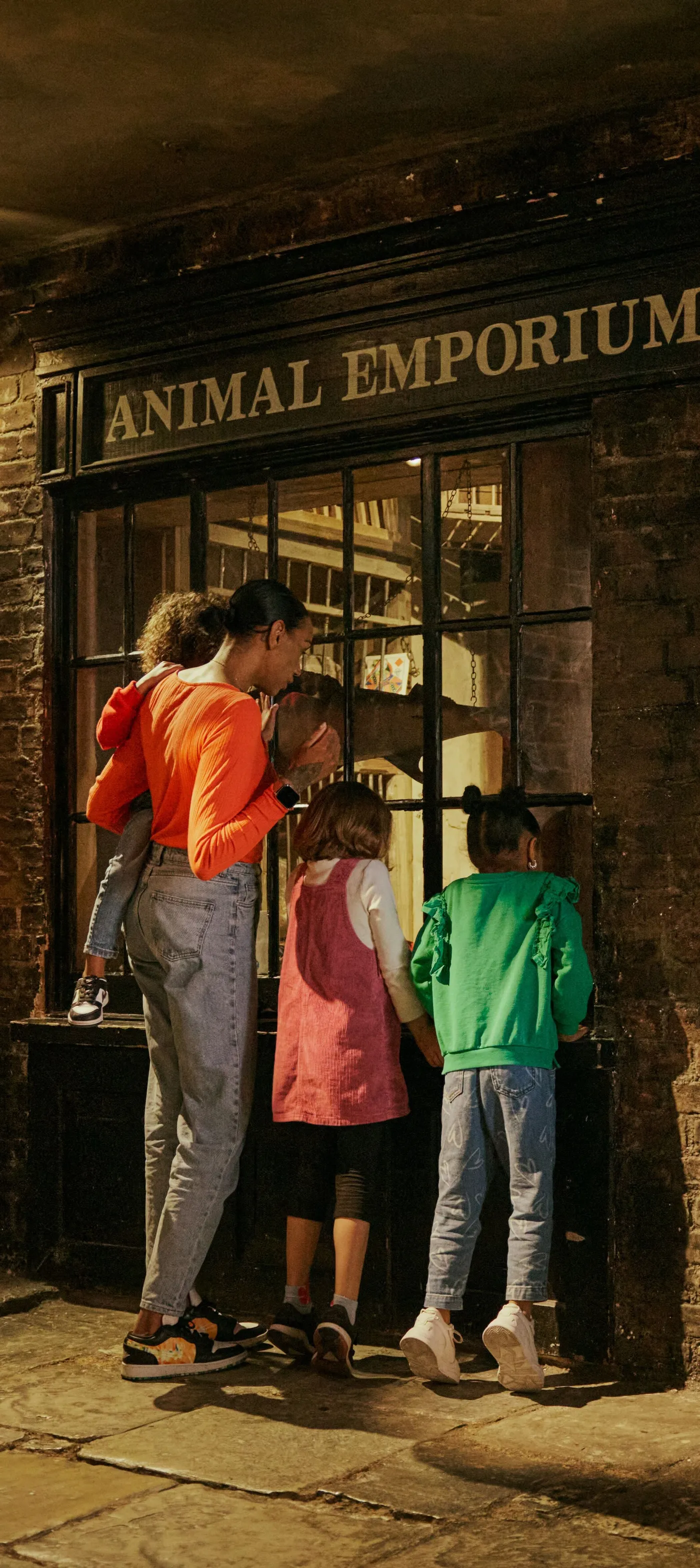Soho in the 1950s: The wild West End
Post-war Soho was the new bohemian capital of London. With its cheap rents and worldly village character, people flocked to Soho for all sorts of entertainment, including music, restaurants, coffee bars, nightclubs and drinking dens. It was the place to be for artists, free thinkers, dancers, teenagers – and sexual adventurers.
Soho, City of Westminster
1950s

Soho’s drinking clubs
Soho’s drinking clubs ranged from barely legal ‘bottle parties’, which were a kind of members’ club, to established nightclubs with food and music. The Colony Room – a members' club also known as Muriel’s after its owner, Muriel Belcher – was a refuge for artists, poets and LGBTQ+ Londoners. It was also the regular haunt of painter Francis Bacon.

Soho coffee bars
Espresso bars were Soho’s new, popular hangouts for young Londoners. Moka on Frith Street was the first to open in 1953, kitted out with an espresso machine, arty decoration and jukebox. Some coffee bars even hosted live music, like 2i’s on Old Compton Street, which nurtured rock and roll artists like Harry Webb, aka Cliff Richard.

Post-war jazz clubs
Soho was filled with music shops, rehearsal rooms and, increasingly, jazz clubs. Late-night spots included The Flamingo Club on Wardour Street and The Sunset Club on Carnaby Street, where you’d also hear Caribbean music. In 1959, saxophonist Ronnie Scott co-founded a jazz club on Gerrard Street, which still runs on Frith Street today.

Skiffle clubs
Skiffle, a folky and bluesy style of music from America, also emerged in Soho’s jazz clubs, becoming hugely popular in Britain in the 1950s. Formerly the Skiffle Cellar, the Cellar Club on Greek Street was one of the centres of the Soho scene, playing skiffle, jazz and folk music.

The Soho Fair
Organised by the Soho Association to promote local restaurants, the first Soho Fair was held in 1955. Here, photographer Roger Mayne snaps the fourth edition in 1958. By that time, the fair included a parade, a beauty contest, a waiters’ race and a spaghetti eating competition.

Sexual adventures in Soho
Soho has a long history as the heart of London’s sex industry. In the 1950s, sex workers were a familiar sight on the district’s streets, until the 1959 Street Offences Act banned soliciting sex in public spaces. You could also watch strip shows in the theatres, and buy handmade pornography called the Soho Bibles from pubs and clubs.












